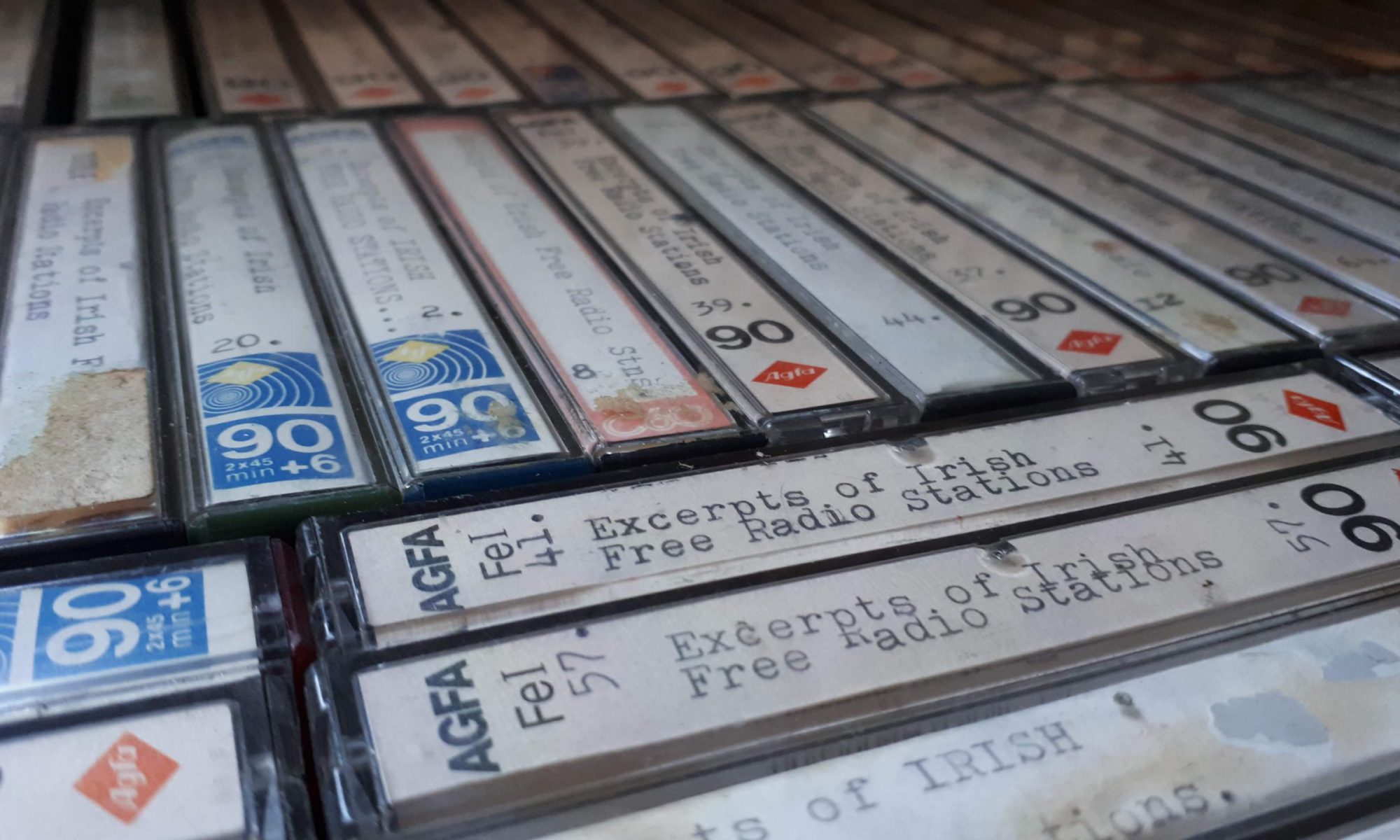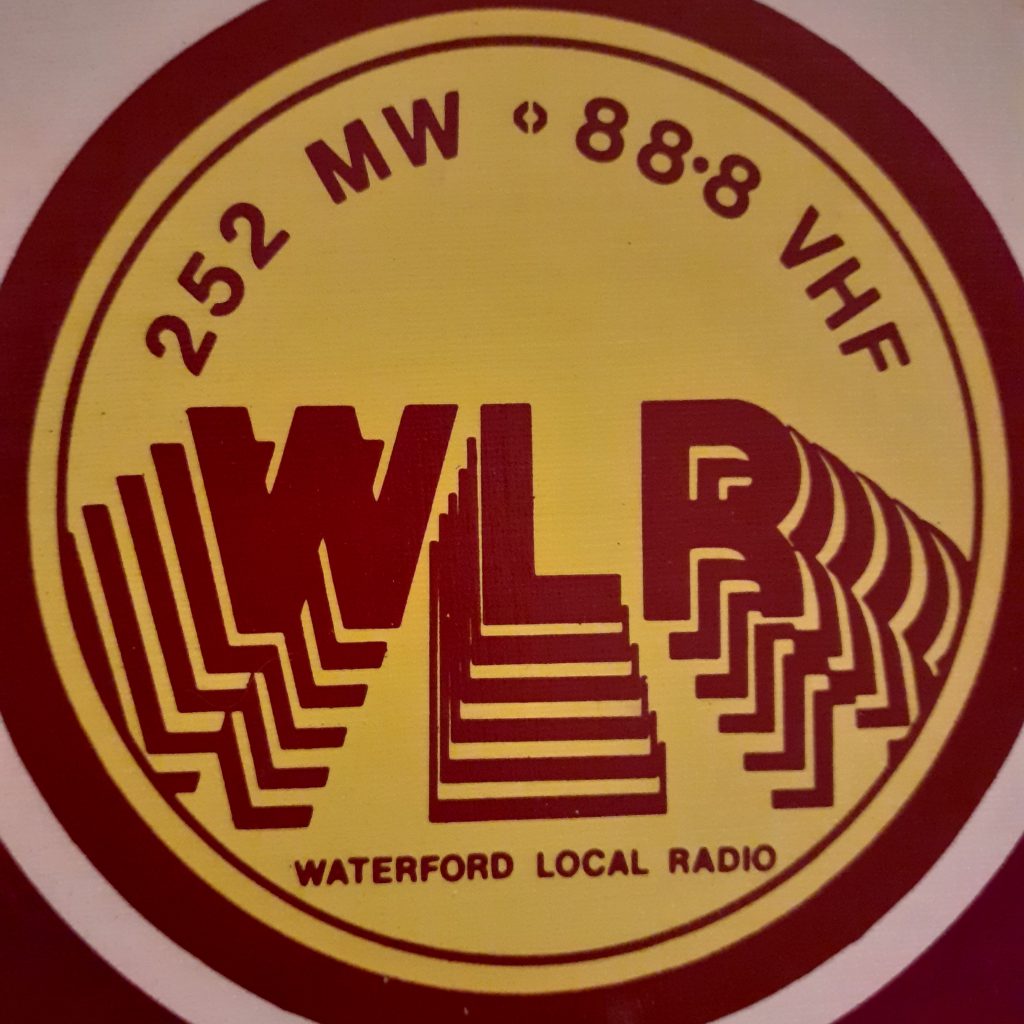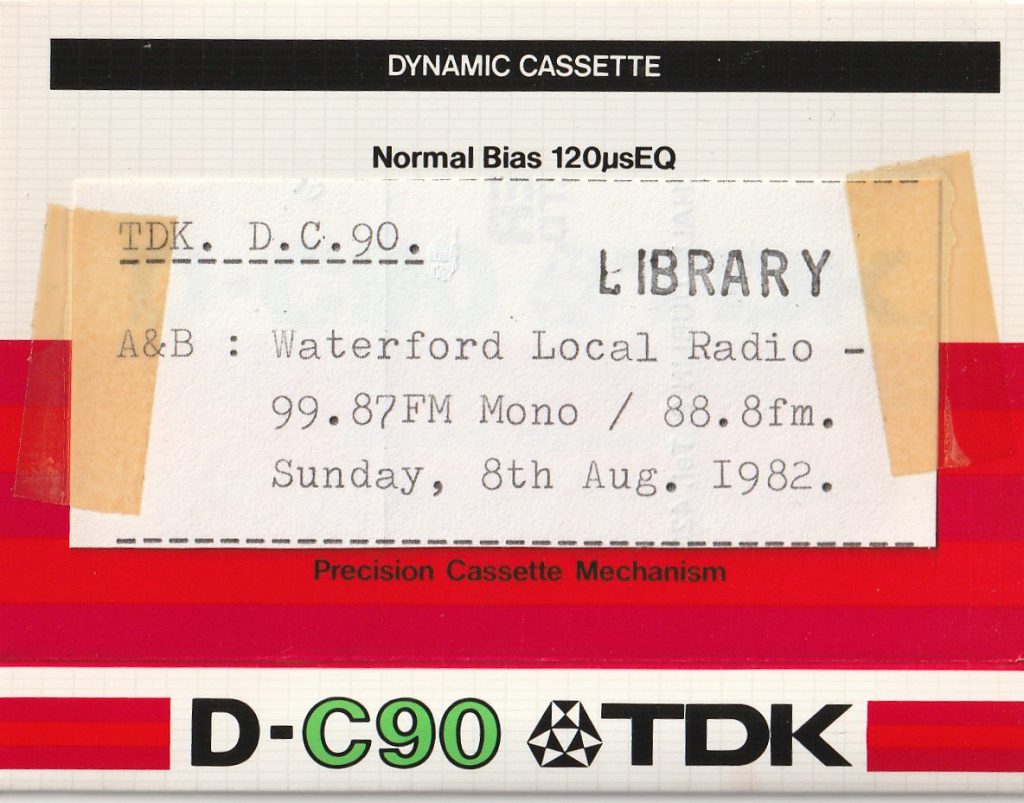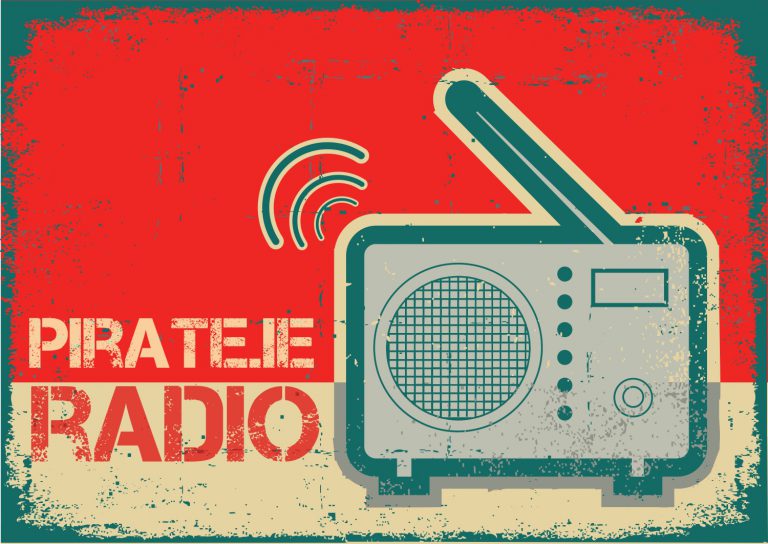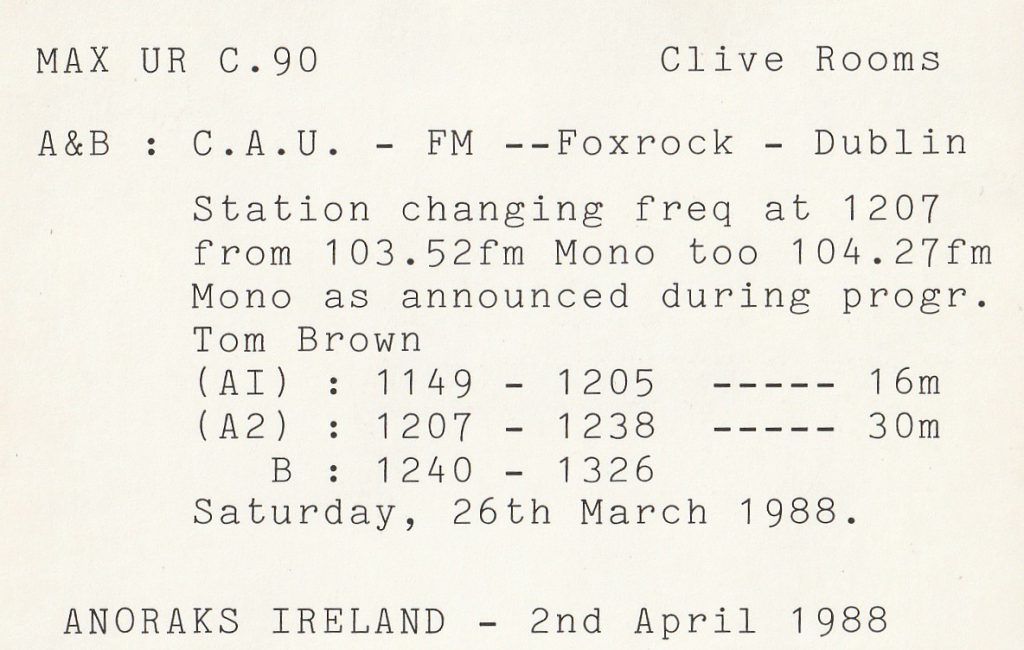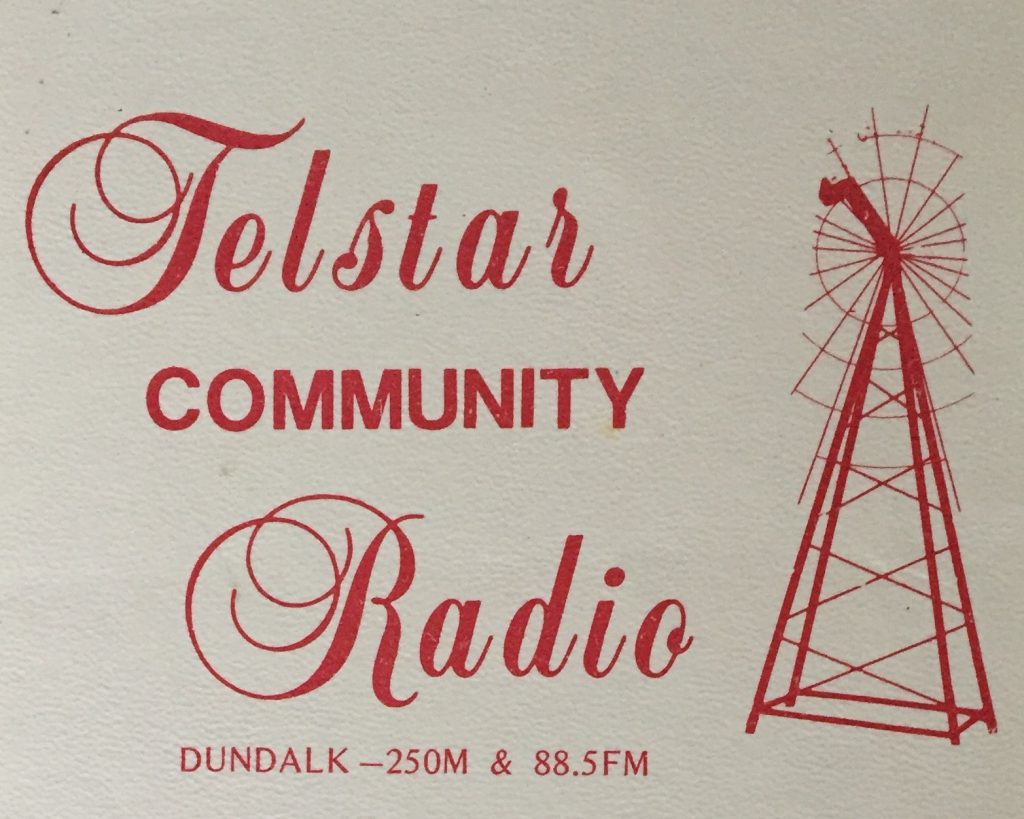Podcast: Play in new window | Download
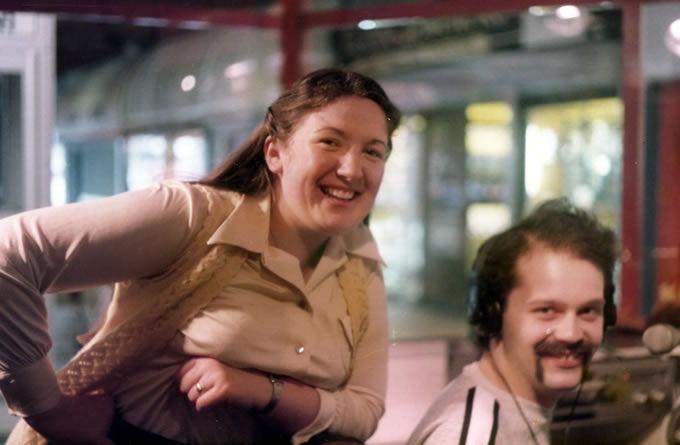
Radio Carousel Navan was one of four stations in the Carousel network at its height in the early 1980s. The original Dundalk operation was set up by the late Hugh Hardy in 1978 and later expanded to satellite stations for Drogheda (Co. Louth), Navan (Co. Meath) and Newry (Co. Armagh and Co. Down), with a short-lived experiment in Castleblayney (Co. Monaghan). The Navan station had a high-profile location in the middle of the town’s shopping centre. Hugh Hardy began winding down the Carousel network from late 1987 and the Navan station was the last to close in June 1988.
This recording of Radio Carousel Navan was made by from 1386 kHz by station manager Kieran Murray while on holidays in Carrick, Co. Donegal, about 170km to the northwest. As expected, the signal is weak but is nonetheless an interesting example of daytime groundwave reception on a busy pirate frequency, shared with Kilkenny Community Radio and North Cork Community Radio. The Carousel AM transmiter was situated in the Navan shopping centre and ran about 400 watts. On air is Tina Anderson (Christine Reilly) with a requests programme and the voices of Kieran Murray and another DJ Mike Ahern (Richard McCullen) are heard on adverts.
The tape was made from about 1100 on 3rd July 1984 and is from the Anoraks Ireland Collection, donated to us by Paul Davidson.
